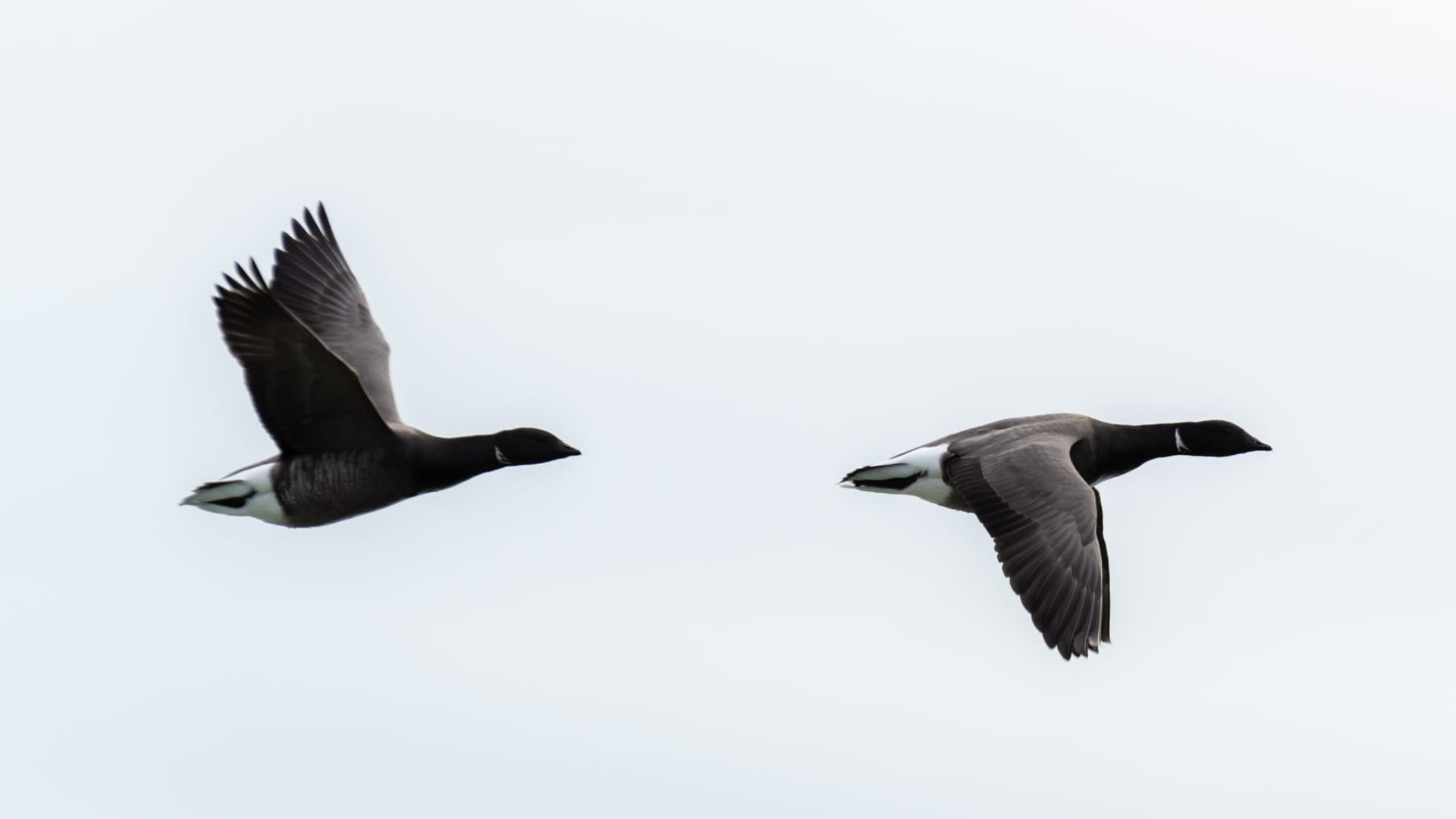In a guest blog post for World Migratory Bird Day, our Solent Fieldwork Officer Emma Butterworth explores the role that seagrass plays for migratory birds: Every year, migratory birds embark on epic journeys—some spanning thousands of miles—between breeding and wintering grounds. These incredible migrations demand an immense amount of energy, which makes stopovers and overwintering sites crucial for survival. Stopovers are the rest stops of the bird world, where species can refuel, rest, and recover before continuing their journeys. Overwintering sites are at one end of the journey, where birds can survive over the harsher months. One foraging habitat for these globetrotters? Seagrass meadows. These marine plant communities don’t just benefit marine life—they play a surprising role in supporting migratory birds. Depending on the species and their needs, birds utilize seagrass in a few key ways. Some species, like certain wildfowl, feed directly on the seagrass itself. For example, brent geese (Branta bernicla) are well known for grazing on seagrass (Zostera spp.) which is their preferred food source. UK estuaries support around 100,000 overwintering brent geese, which arrive from Siberia, Svalbard, Canada and Greenland. These numbers represent around 40-50% of the European wintering population and around one fifth of the global population! Key wintering sites in the UK include Strangford Lough, Lindisfarne, Essex, and the Solent. Seagrass provides crucial food reserves to help them survive over winter and have enough energy to make the long return journey to their breeding grounds. Other birds aren’t after the plants, but the creatures living within them. Seagrass beds act as nurseries for juvenile fish and are home to a wide range of invertebrates like crabs, snails, and worms. Migratory shorebirds such as curlew, godwits (bar-tailed and black-tailed), dunlin, knot, and grey plover forage on these rich prey communities, finding food within the leaves and sediment. Redshank on seagrass. Photo Credit Emma Butterworth Dark-bellied brent geese. Photo Credit Emma Butterworth My own research focuses on understanding how UK birds are using seagrass habitats. The Convention on Migratory Species (CMS) encourages countries to develop inventories of migratory species that use seagrass meadows, and I am aiming to develop this inventory. So far, I have observed 18 species listed by the CMS foraging within seagrass meadows, and this is only the beginning! If you have observed any birds outside of those listed below, or if you have photographic evidence of any migratory species foraging within seagrass, please get in touch! We are especially interested in migratory birds but information on all birds is welcome! From a conservation perspective, this work matters. Seagrass meadows are among the most threatened ecosystems globally, facing pressures from coastal development, pollution, and climate change. As we learn more about the intricate connections between land, sea, and sky, it’s clear that conserving seagrass meadows is important to many aspects of nature—including our feathered visitors from far away. UK bird species listed by the Convention on Migratory Species that have been observed foraging on seagrass during surveys and fieldwork. brent goose, dark-bellied Branta bernicla bernicla brent goose, light-bellied Branta bernicla hrota mallard Anas platyrhynchos mute swan Cygnus olor shelduck Tadorna tadorna teal Anas crecca wigeon Mareca penelope bar-tailed godwit Limosa lapponica black-tailed godwit Limosa limosa curlew Numenius arquata dunlin Calidris alpina greenshank Tringa nebularia grey plover Pluvialis squatarola knot Calidris canutus redshank Tringa totanus common ringed plover Charadrius hiaticula sanderling Calidris alba turnstone Arenaria interpres whimbrel Numenius phaeopus Further information Unsworth, Richard & Butterworth, Emma. (2021). Seagrass Meadows Provide a Significant Resource in Support of Avifauna. Diversity. 13. 363. 10.3390/d13080363. https://www.mdpi.com/1424-2818/13/8/363 Convention on the Conservation of Migratory Species of Wild Animals, Aves https://www.cms.int/en/species?field_species_class_tid=421 Please contact Emma Butterworth with any “birds on seagrass” sightings: emmabutterworth@projectseagrass.org




